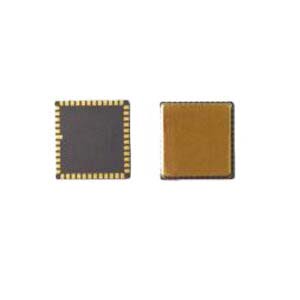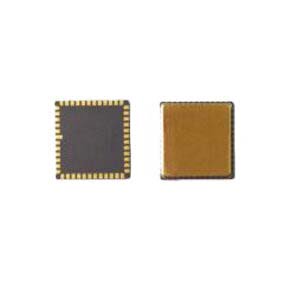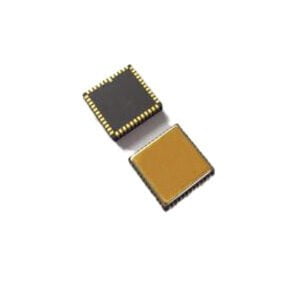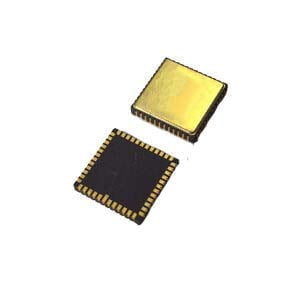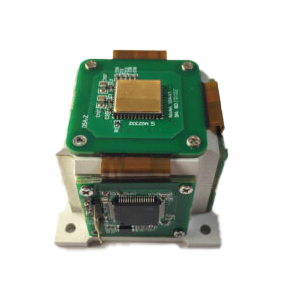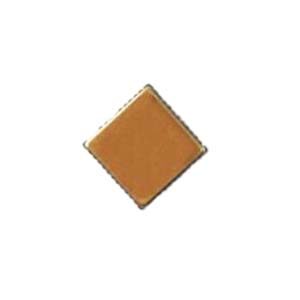The cornerstone of North-seeking: sensing the Earth's rotation
Unlike traditional methods that rely on external references (such as GPS or magnetometers), the north-seeking technology of MEMS gyroscopes directly measures the angular velocity component generated by the Earth's rotation. Imagine that the Earth rotates once every 24 hours. The gyroscope fixed on the surface of the Earth has different sensitive axis directions, and the tiny angular velocity component it senses is also different. By accurately measuring the angular velocity components of two orthogonal axes and solving them using a specific algorithm, the direction of geographic north can be accurately calculated. This method does not rely on external signals and has autonomy, which is its unique advantage.
Accuracy breakthrough: MEMS benchmark for navigation
For a long time, high-precision north-seeking has been the territory of fiber-optic gyroscopes (FOGs) or dynamically tuned gyroscopes (DTGs). However, the rapid development of MEMS technology is rewriting this pattern. The new generation of navigation-grade MEMS gyroscopes, such as the ER-MG2-100, have achieved a leap in accuracy with breakthrough performance indicators, and are becoming a powerful alternative to mid- and low-end FOGs and DTGs:
Top measurement capabilities: Supports a wide dynamic angular velocity measurement range of up to ±100°/s.
Extraordinary stability: Its core accuracy indicators are impressive - zero bias instability is as low as 0.02°/hr, and angular random walk is only 0.005°/√hr. These data mark that MEMS devices have reached an unprecedented level of accuracy.
High-speed response: Provides an SPI digital interface to output angular rate information in 24-bit data words. Supports 2kHz refresh rate and latency configuration as low as 20ms, which is perfect for control systems that require real-time response.
Fearless of challenges: Strong environmental adaptability
In real scenarios such as oil drilling, underground mining operations or vehicle navigation, equipment often faces severe shock, vibration and extreme temperatures. ER-MG2-100 is specially enhanced for this purpose:
Anti-interference design: Differential sensing technology is used to effectively offset the interference of linear acceleration (such as shock and vibration) on measurement.
Shock resistance: It can withstand 1000g (half-sine wave, 1ms) in working state and 10000g in non-working state.
Vibration resistance: It can withstand 12grms random vibration (20Hz-2kHz).
Wide temperature range operation: Built-in temperature sensor supports dynamic compensation over the full temperature range to ensure stable operation in harsh environments from -45℃ to +85℃.
Lightweight and efficient: Born for integration
For portable devices and space-constrained systems, the design of ER-MG2-100 is exemplary:
Low power consumption: Only a single 5V power supply is required, and the operating current is as low as 35mA.
Micro package: It adopts a compact 11x11x2mm sealed ceramic LCC package. It achieves an excellent balance between volume, weight and power consumption, greatly releasing the freedom of system design.
Summary
MEMS gyroscopes achieve autonomous north search by exquisitely sensing the angular velocity component of the earth's rotation. With its navigation-level accuracy and excellent environmental adaptability, ER-MG2-100 can continuously provide a stable and reliable azimuth reference in complex working conditions with strong vibration and impact underground. It provides real-time azimuth calibration for directional drilling systems, mining machinery, etc., significantly improves the control accuracy of wellbore trajectory or mining path, effectively reduces deviation, and ultimately greatly improves operating efficiency.
More Technical Questions
1.Integrated method of three-axis MEMS gyroscope
2.Development history of MEMS gyroscope
3.MEMS gyroscope processing technology
4.Evolution of resonant structure of high precision MEMS gyroscope
5.MEMS Gyroscope: Sensitive Structure | Detection Circuit | Integrated Package
6.Comparison Of Technical Specifications Of Navigation Grade MEMS Gyroscope


